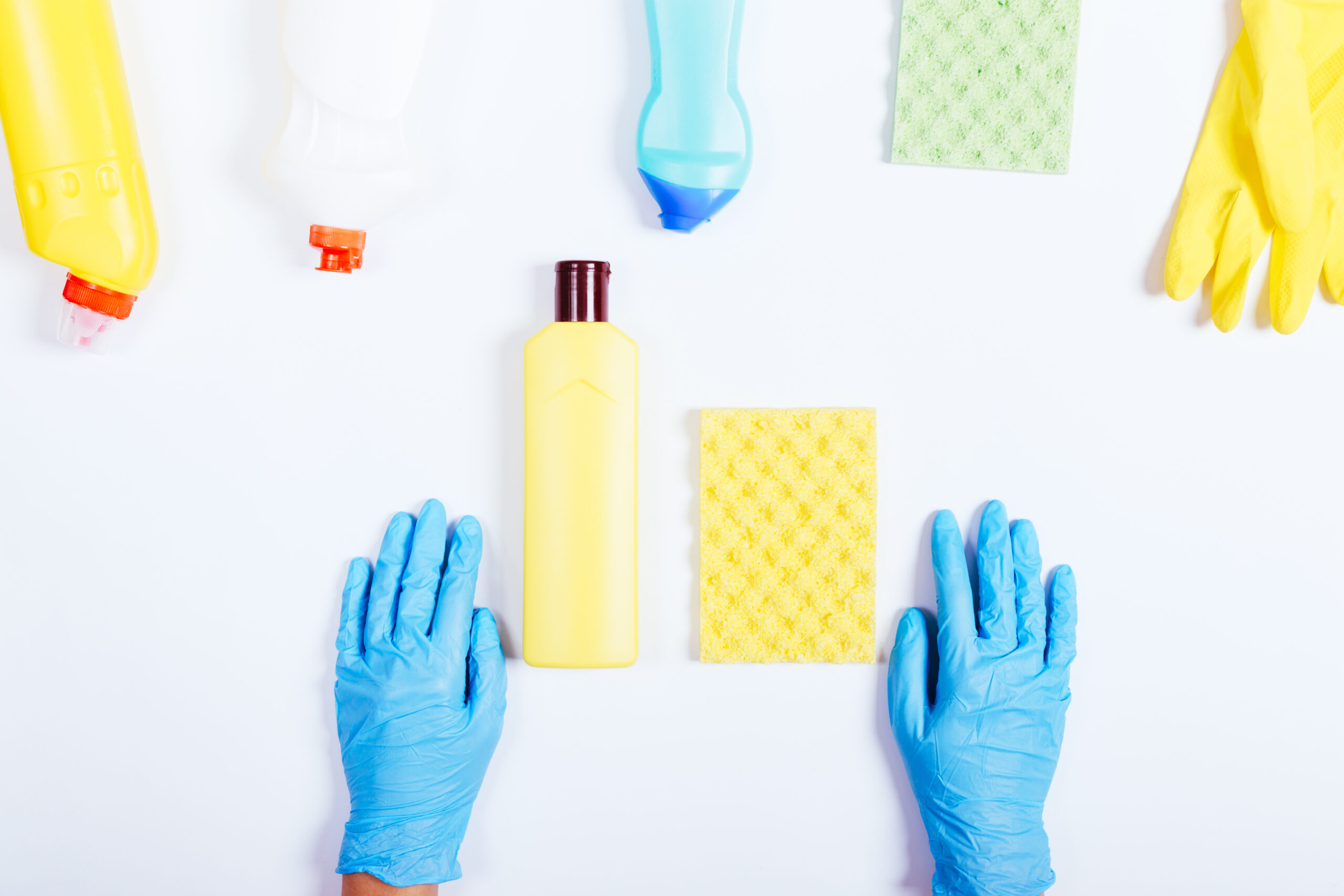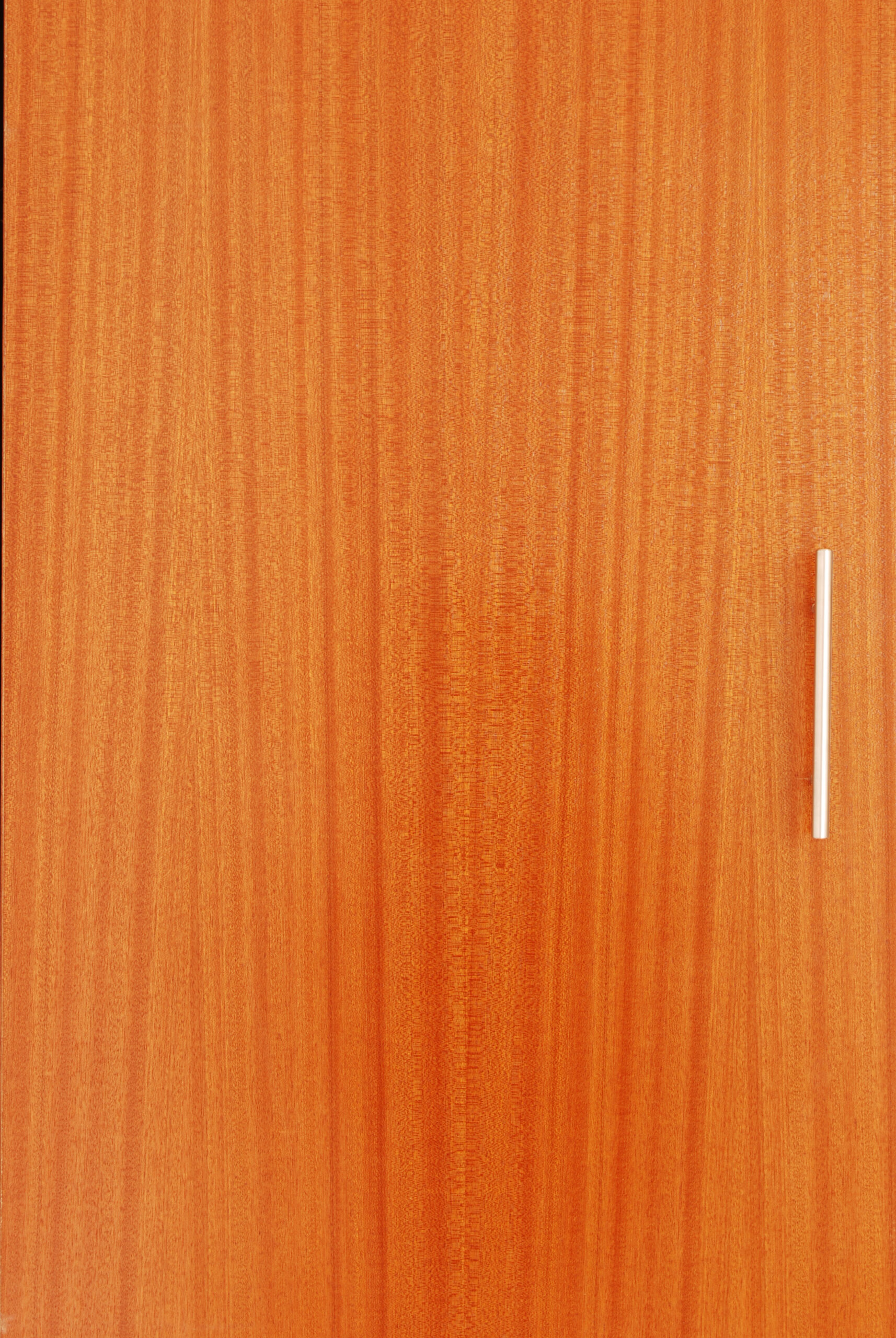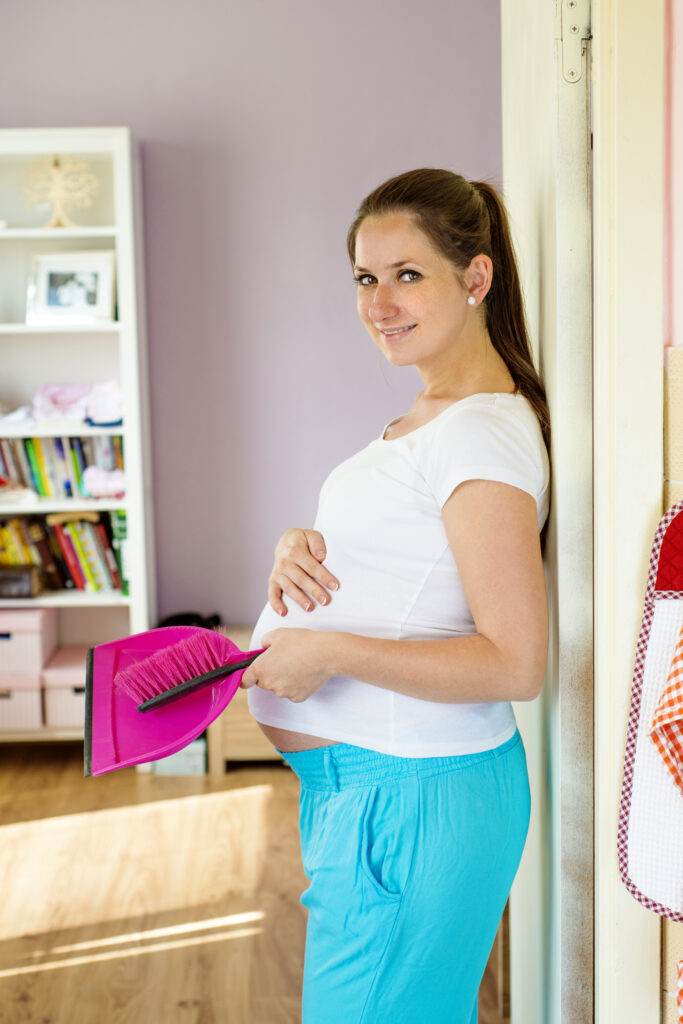Introduction to Cleaning for People with Disabilities
Cleaning can be a daunting task, especially if you have mobility issues or other disabilities. However, it is essential to maintain a clean home to ensure your health and well-being. In this article, we will discuss tips and tricks that make cleaning accessible for people with disabilities.
Tips and Tricks for Accessible Cleaning
1. Use adaptive equipment – There are many types of adaptive equipment available in the market that can help you clean your home easily. For example, reachers, grabbers, and long-handled brushes can help you clean high surfaces without having to stand on a ladder.
2. Choose the right cleaning products – Look for cleaning products that are fragrance-free and non-toxic. Avoid harsh chemicals that may irritate your skin or respiratory system. You can also use natural cleaning agents like vinegar, baking soda, and lemon juice.
3. Plan your cleaning schedule – Create a cleaning schedule that works best for you. Break down tasks into smaller chunks so that they feel more manageable. Prioritize areas that need frequent cleaning like bathrooms and kitchens.
4. Optimize storage spaces – Keep all your cleaning supplies organized and within easy reach. Use hooks or magnetic strips to store tools and keep them off the floor. Label containers clearly so that you know what’s inside.
5. Take breaks when necessary – Cleaning can be tiring, especially if you have limited energy. Take breaks as needed and don’t push yourself too hard.
Adaptive Equipment for Cleaning
There are several types of adaptive equipment that can help you clean your home efficiently. Some examples include:
1. Reachers – These devices have a claw at one end that allows you to grab objects from a distance. They come in different sizes and styles, making them ideal for various cleaning tasks.
2. Grabbers – Similar to reachers, these devices have a strong grip that helps pick up items from difficult places. They are particularly useful for retrieving dropped items or cleaning dusty corners.

3. Long-handled brushes – These brushes have extended handles that allow you to clean high surfaces without standing on ladders. They work great for sweeping cobwebs, dusting shelves, and wiping ceilings.
Inclusive Cleaning Products
Choosing the right cleaning products is crucial for people with disabilities. Here are some things to consider:
1. Fragrance-free options – Many people with disabilities are sensitive to strong scents. Look for cleaning products that are fragrance-free or have mild scents.
2. Non-toxic formulas – Harsh chemicals can cause skin irritation, respiratory problems, and other health issues. Choose cleaning products that are made with safe, non-toxic ingredients.
3. Environmentally friendly – Consider using eco-friendly cleaning products that won’t harm the environment. You can find many natural alternatives such as vinegar, baking soda, and castile soap.
Creating an Accessible Cleaning Schedule
Creating an accessible cleaning schedule involves breaking down tasks into smaller chunks and prioritizing areas that require frequent cleaning. Here are some steps to follow:
1. Identify priority areas – Start by identifying areas that need frequent cleaning like bathrooms and kitchens. Focus on those areas first.
2. Divide tasks into smaller chores – Instead of trying to do everything at once, break down tasks into smaller chores that feel more manageable. For instance, you could clean one room per day instead of tackling the entire house at once.
3. Set realistic goals – Be honest about your abilities and set achievable goals. Don’t try to do too much at once, as it might lead to frustration and burnout.
Conclusion: Making Your Home Accessible
Making your home accessible doesn’t have to be complicated or expensive. By following simple tips and tricks, you can create a cleaner and safer space that meets your needs. Remember to take breaks when necessary, use adaptive equipment, choose inclusive cleaning products, and plan your cleaning schedule accordingly. With a little effort, you can enjoy a clutter-free and comfortable living space.



